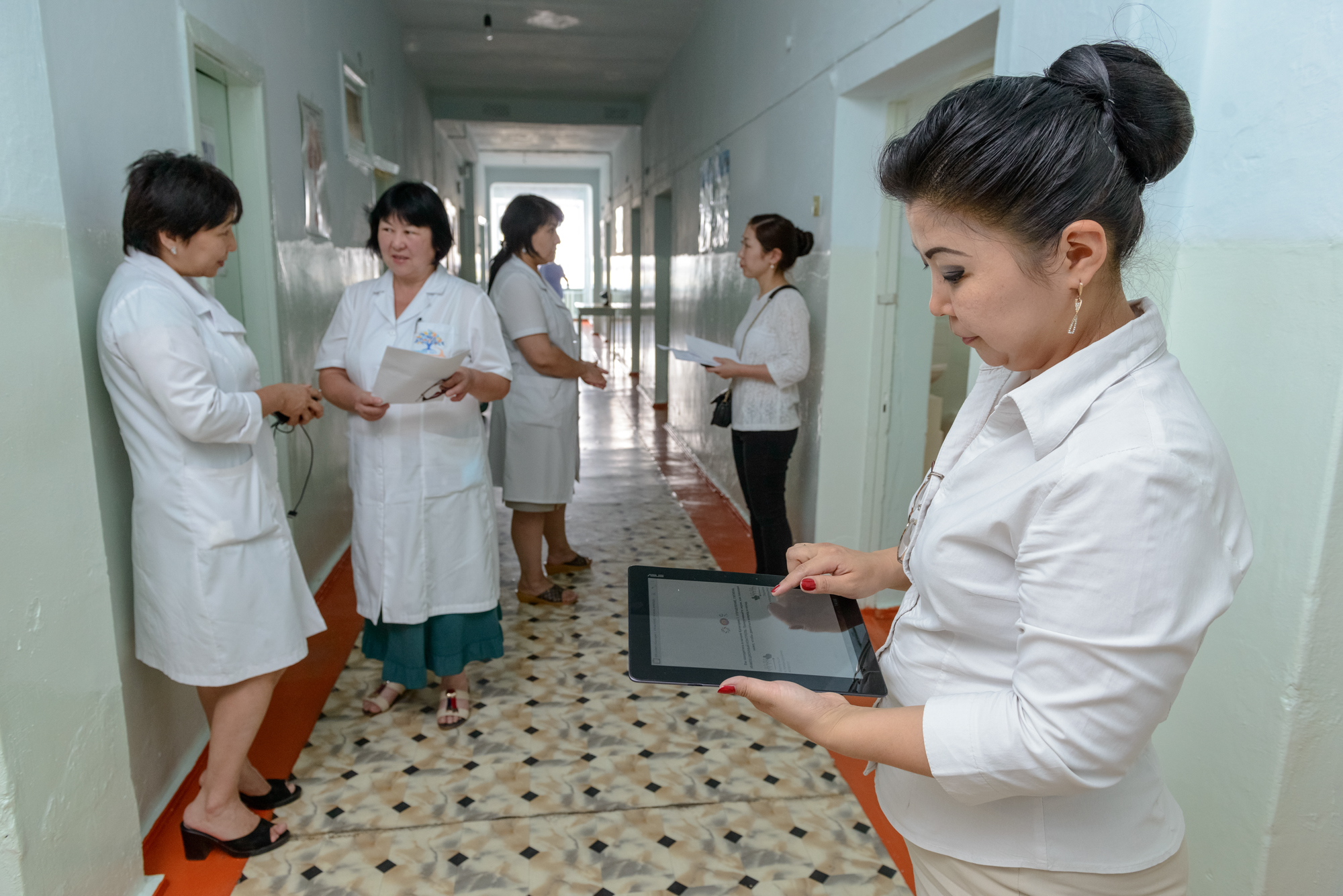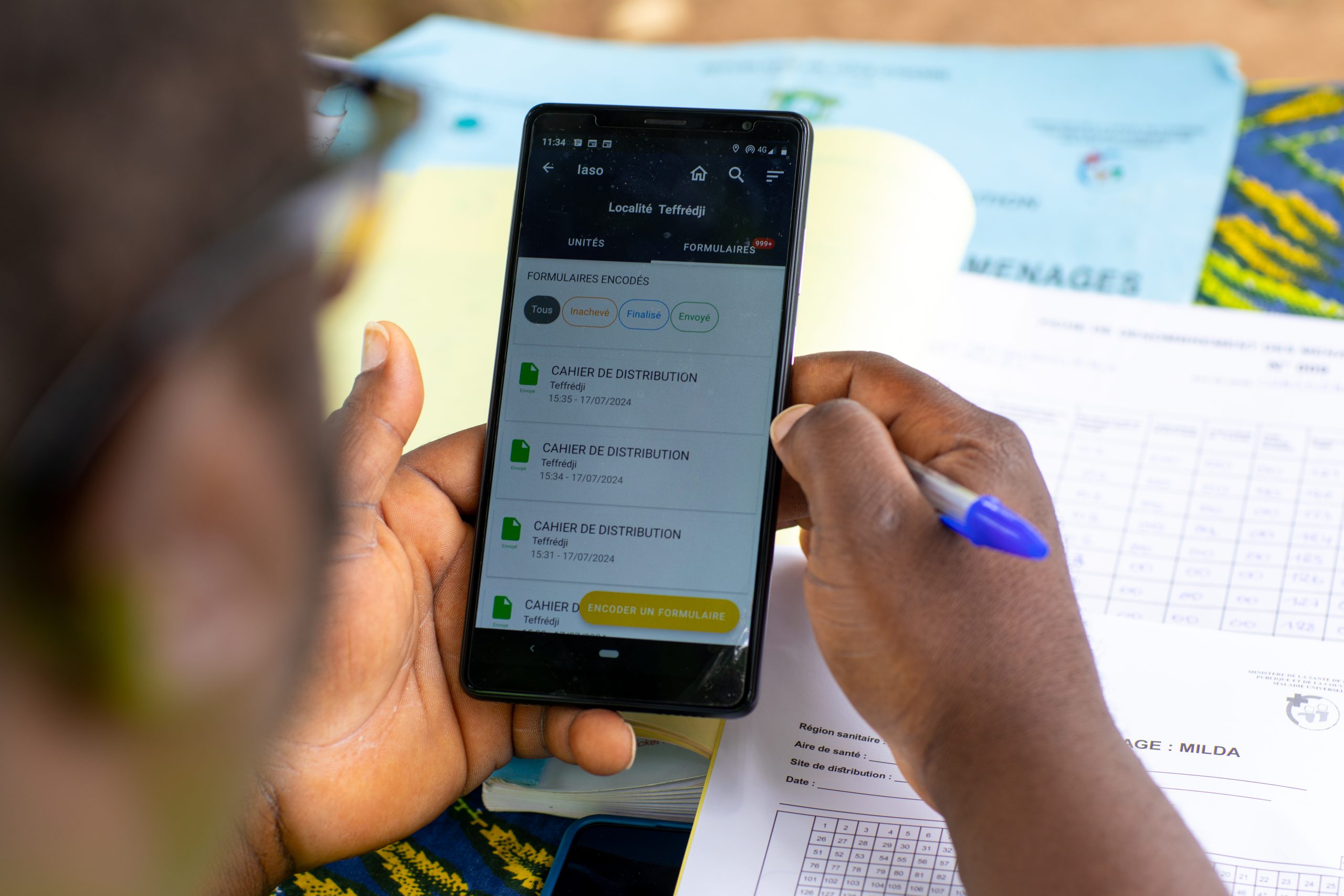Going mobile: taking data collection to the next level

Each year we see the use of mobile devices become more widespread, including in developing countries, where mobile technology was previously less accessible. Furthermore, with growing use has come an increased understanding of technology. This has clearly helped projects that use mobile data collection. While this underlines the potential power of mobile data collection, what key values does it bring?
As a company, we work with multiple clients in a variety of countries to digitize structural checklists and ensure an optimized data collection process. So far, our experience has allowed us to pinpoint the following benefits:
- FASTER AND COST-EFFECTIVE PROCESS. Adjusting the layout and making sure the mobile form perfectly fits the device’s screen has shown to significantly decrease the time needed to collect data. Most importantly, by using mobile data collection, the whole process is instantly digitized — removing any further steps of entering and aggregating data.
- DATA QUALITY. One of the most important benefits of mobile data collection is the ability to provide quality data. Because it can limit the types of responses, through simple and predefined options, the risk of receiving unwanted data is largely removed. Often, training people on the type of data to be collected is not enough, and having help from technology is an added boon with its capacity to alert the user when unrealistic data is being entered or there are errors in the datasets.
- DIVERSE AND LARGE DATA. The multimedia aspect of mobile devices also allows for multiple options when discussing the collection of various data types. Whether you aim to collect pictures, audio or video recordings, GPS location, signatures or a large quantity of data. Mobile data collection is the way to go, it gives you endless opportunities. Moreover, as using mobile devices means faster data collection, it also introduces the possibility to gather bigger data sets in a shorter amount of time.
- IMMEDIATE ACCESS. Synchronization of the mobile devices with a data management system is really easy and can be done directly from the field, if internet access is available. If not, then the devices can be connected to a computer to retrieve the data. This gives instant access to multiple actors, from multiple locations after the data is synchronized with the system.
- FEEDBACK FROM THE FIELD. Many times when the data has been collected, facilities or people submitting the data want to receive feedback. Previously, it took a lot of time to collect, digitize and analyze data in order to generate results that could be shared. Now, data collection via mobile devices provides the option of giving instant feedback. For example, during the routine performance evaluation of a health facility with the new capabilities of mobile data collection, you could provide simple analysis and feedback in real-time.
- Bonus: Environmental. No paper and it’s reusable! Removing the paper forms means that no more trash is created. All the devices can be re-used for other collection periods or even other projects. And what’s more, the mobile devices ensure multi-access and multi-user capabilities, so devices can be shared even among multiple actors.
If you’re still not convinced, stay tuned to our coming blog posts where we’ll share specific case studies that clearly show how using mobile data collection made projects more efficient.
Elena Ignatova is BlueSquare’s Product Lead. Find her on Twitter here and LinkedIn here.





